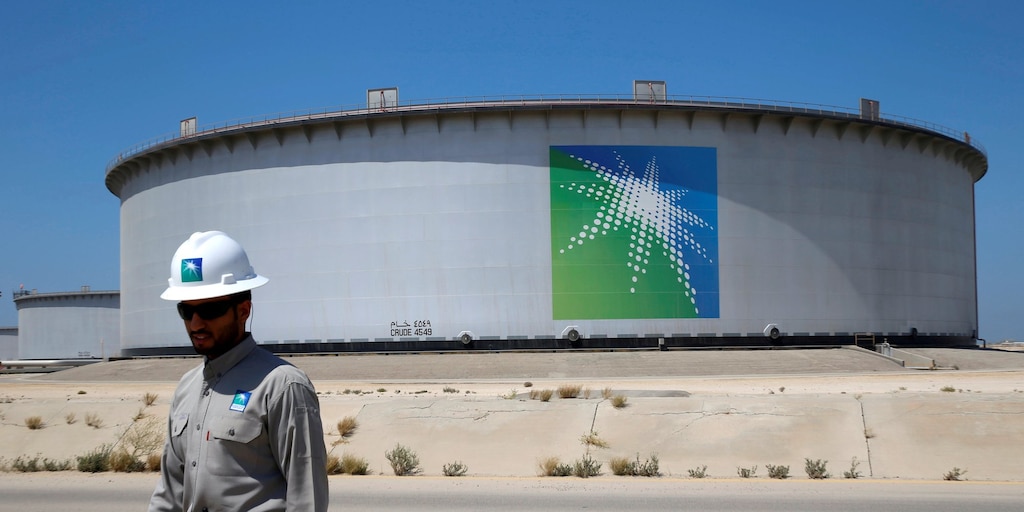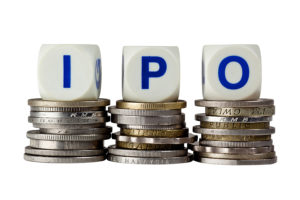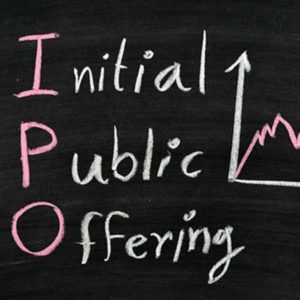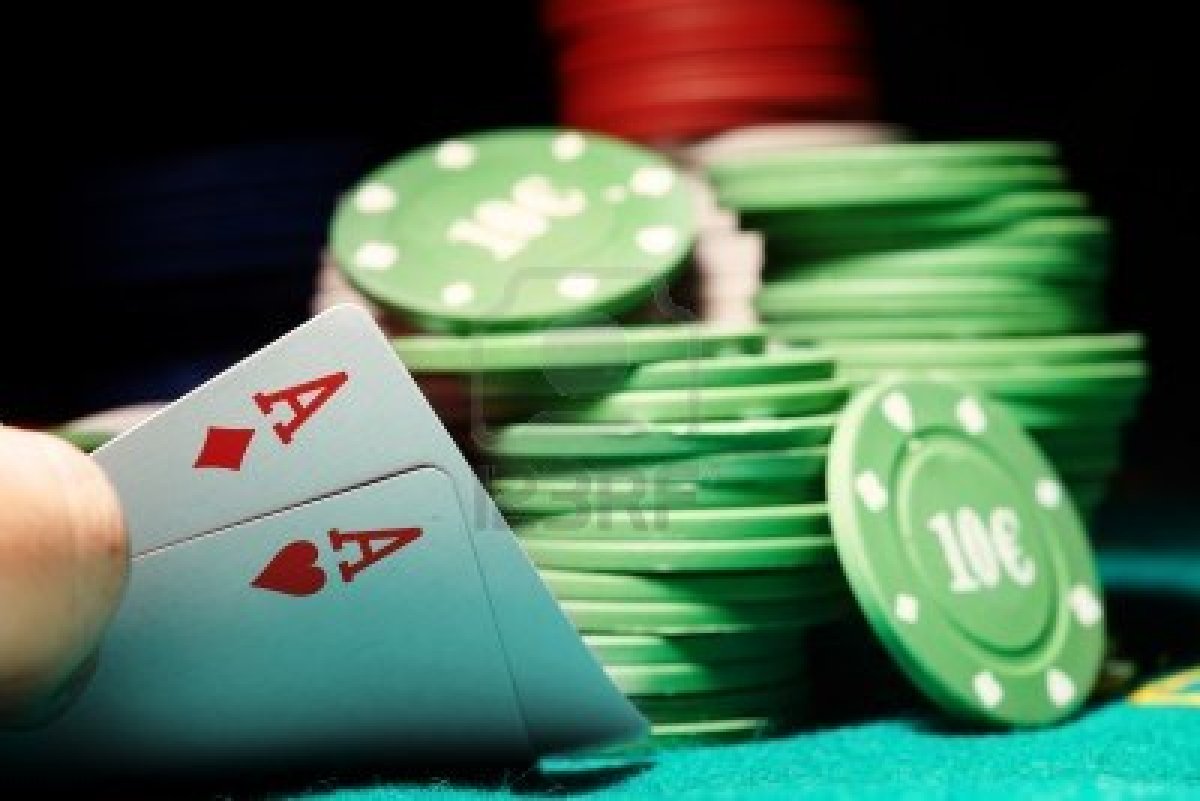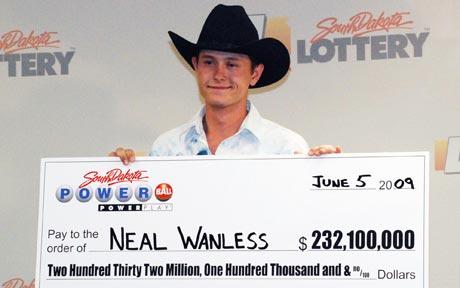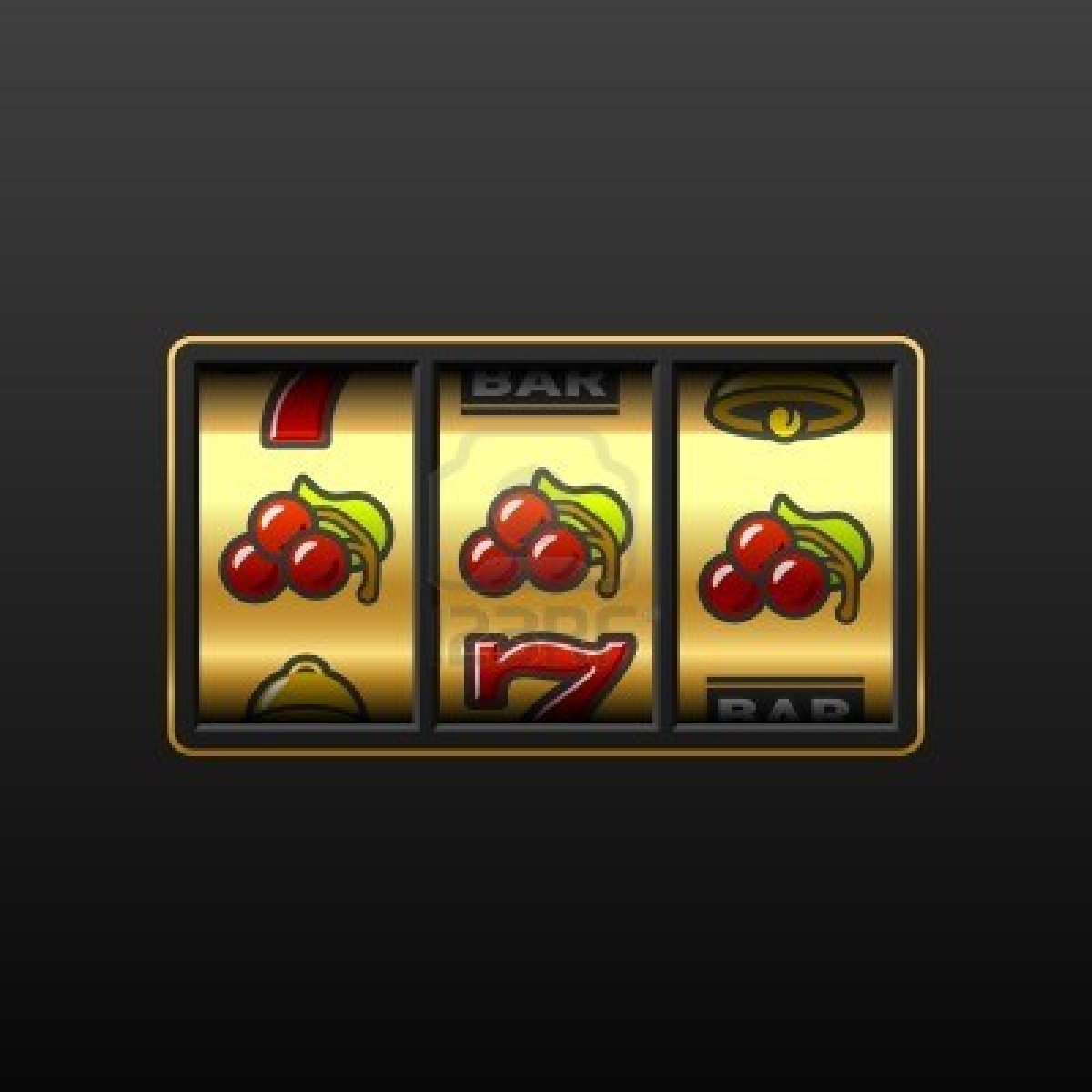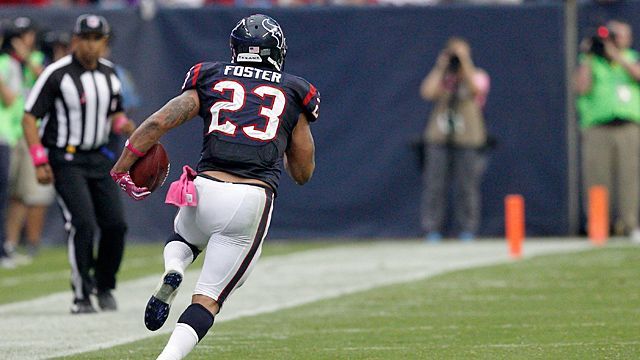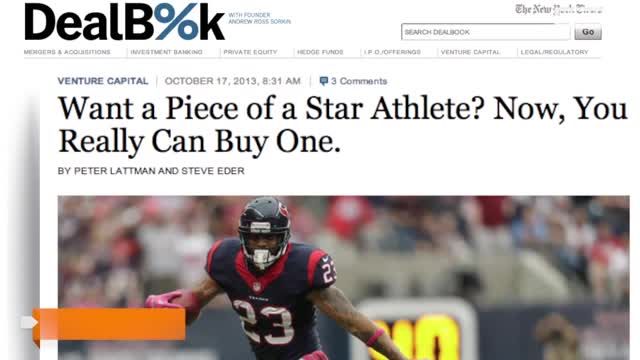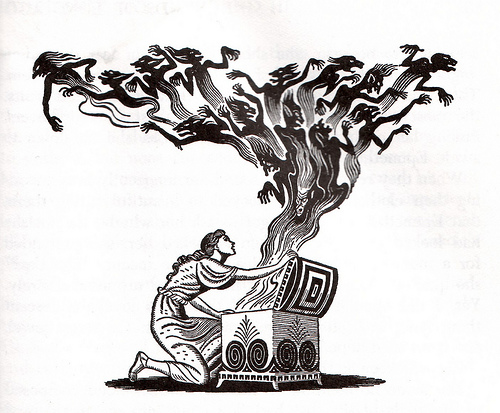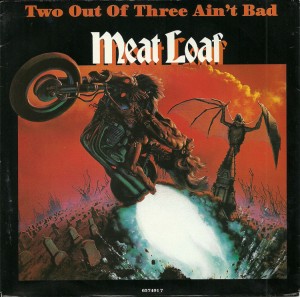NOTE: I wrote this back in March 2021, the week that Roblox did its direct listing. A version of the post ran in the San Antonio Express-News.
To research the hottest new tech stock, Roblox, I went straight to my highly plugged-in in-house analyst: my eleven year-old daughter. She sat me down on the couch with her iPad and patiently explained to me the user-generated games, the in-app purchases, and the revenues available to both gamers and creators on this gaming platform. After that, we arranged for a $50 investment of her money1 in shares on the first day they became available, Wednesday March 10th.

Roblox listed 199 millions shares on the New York Stock Exchange last week2 but did it in a most unusual way: a direct listing, rather than an IPO.
There are at least two innovative things to know about this. One is about the company and the other is about this direct issuance, which I suspect we’ll see a lot more of in the future.
Most companies that list shares on stock exchanges first do an initial public offering (an IPO). An IPO involves investment bankers preparing a “road show” and a consulted negotiation around the issuance price that all new investors will pay. A company doing an IPO typically seeks to both raise new money for the business and to allow private investors to sell some of their stakes in the business.
A direct listing, by contrast, raises no new money for the company. It merely allows privately-held stakes to be floated on an exchange – The New York Stock Exchange in the case of Roblox – to allow insiders a chance to cash out and outsiders a chance to buy in.
Roblox didn’t need new money, in part because it secured $850 million in private financing in January of this year, solving the fundraising part of an IPO ahead of time. Roblox had already ended 2020 with close to a billion dollars on hand, further explaining why it skipped the fundraising part of an IPO. It also saw fourth quarter revenues jump 111 percent from 2019 to 2020, providing the kind of growth tech investors crave. Roblox had cash, name recognition, and buzzy growth, so the road show and fundraising parts of going public were unnecessary.
Until now, direct listings have been extremely rare. Spotify – the audio-streaming company founded in Sweden – is the highest-profile direct listing ever done previously, back in 2018. By direct listing rather than hiring a traditional Wall Street underwriter, a company can in theory save huge bucks, which typically runs between 3 and 7 percent of the money raised. A direct listing not only forgoes the support of a new issuance, it skips the marketing hype that accompanies a traditional roadshow. In the case of Spotify as well as Roblox, they didn’t need the marketing hype. Among their customers and within their own industry, they are dominant providers. And by all appearances, the shares didn’t do worse as a result of a direct listing rather than a traditional underwriting process. Roblox soared 54 percent from its initial listing price on the first day.
This direct listing method is all pretty new stuff.
The New York Stock Exchange moved in the direction of allowing more direct listings through a request to the SEC in 2019. In December 2020, the Securities and Exchange Commission approved direct listings (under certain conditions). The Roblox listing last week is the first high profile test of this way companies can reduce their Wall Street fees and, given its success, we should expect more companies going public to choose this route in the future.
Meanwhile, Roblox itself is innovating in other ways. For better and worse, they have mastered the art of capturing kids’ attention with their immersive-world game platform.
For the past year and a half – during COVID isolation from school and ordinary interactions with other humans – Roblox has occupied more of my daughter’s time than any other single activity, except maybe sleeping. Even the sleeping part is arguable when lined up next to Roblox time.
You may be curious, what does she do on Roblox? It’s virtual-reality games. Her favorite game, “Adopt Me,” is about adopting a pet. And then upgrading that pet into the most stylish and unique pet possible. Her latest acquisition last week, a golden unicorn via a hard-earned golden egg, was incredibly exciting, apparently. You had to be there. Other games within the virtual reality involve heists, escaping burning buildings, or avoiding a killer. Normal stuff kids are into, I guess.
The Roblox company, as a games platform, facilitates user-generated content, meaning gamers can invent their own games. For that, designers receive either virtual dollars or real dollars. In real dollar terms, over a thousand game designers have earned more than ten thousand dollars in the past year on the Roblox platform. That may not support a family, but to an eleven year old that amount of money seems incredibly enticing.
Through the course of this column, I have described breaking at least three of Mike’s Cardinal Rules of Investing, so I briefly just want to acknowledge these and then explain my rule transgressions.
First, I don’t recommend you buy individual stocks. For kids, however, I do think purchasing individual stocks is useful for teaching and learning purposes. Individual stocks for companies they know can get them excited about the magic of investing, capitalism, markets, and compound interest. It’s just too darn boring and abstract to explain low-cost diversified index funds to an eleven year-old, even though that is how all of us should always invest.
Second, I never write about individual stocks I own (or that my family owns) because I don’t generally own any and also I don’t want even the appearance of a conflict of interest between my writing and my family finances. So I broke that rule also today. To which, in my defense, I can only plead with you to believe that I have not sold my journalistic soul to shill and pump up my eleven year-old’s $50 stock investment. To be clear, in no way do I recommend Roblox shares for any of you. This thing is probably going to zero. Which would be a great educational outcome for her! She might cry, but I would be happy, because $50 is a very cheap lifelong lesson from Daddy on the risks of owning individual stocks!
Finally, I always recommend against buying new listings – traditionally IPOs – for a variety of prudent reasons having to do with information disadvantages, media hype, and the greedy exuberance of insiders selling to a credulous group of outsiders. Please excuse my rule transgressions today, they were each done with an educational purpose.
Please see related post:
Post read (206) times.
- If you’re wondering how to invest just $50 in shares that each cost $65 on the first day of trading, the technical answer is the investing app known as M1 Finance, which allows for fractional ownership of shares and about which I wrote a thing here in December 2018. ↩
- Again, not exactly last week, but in March 2021. ↩



